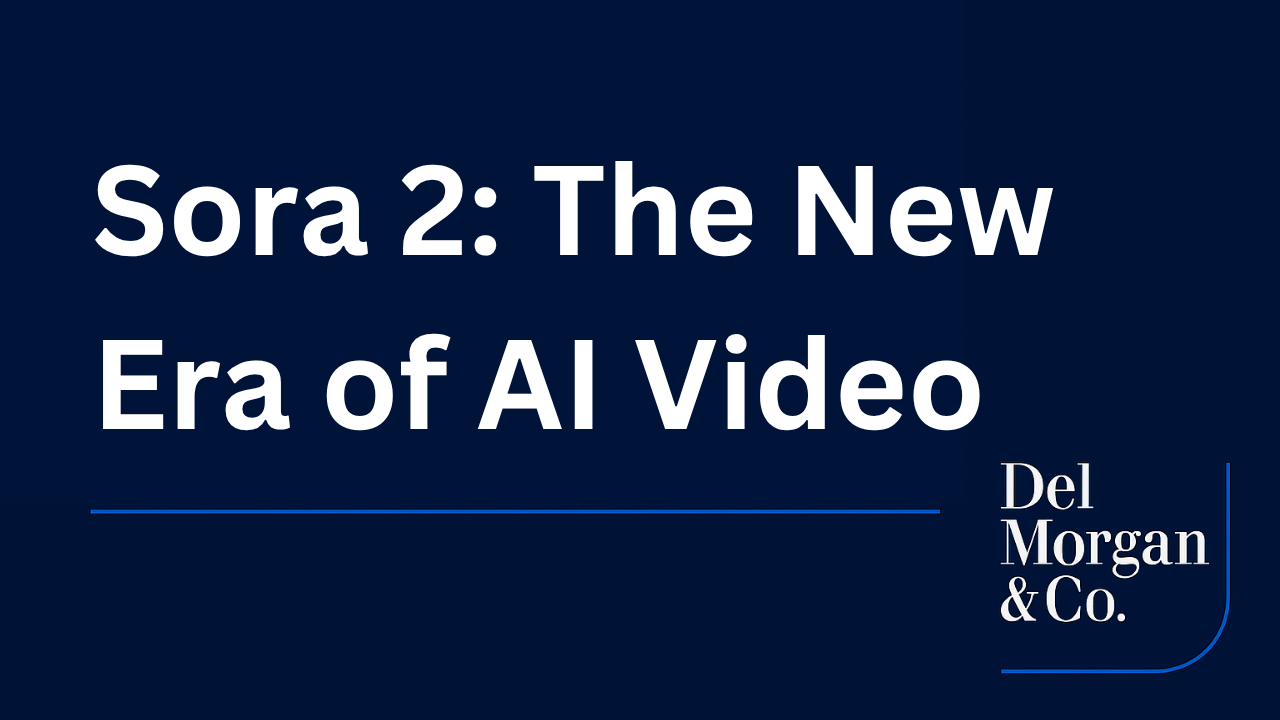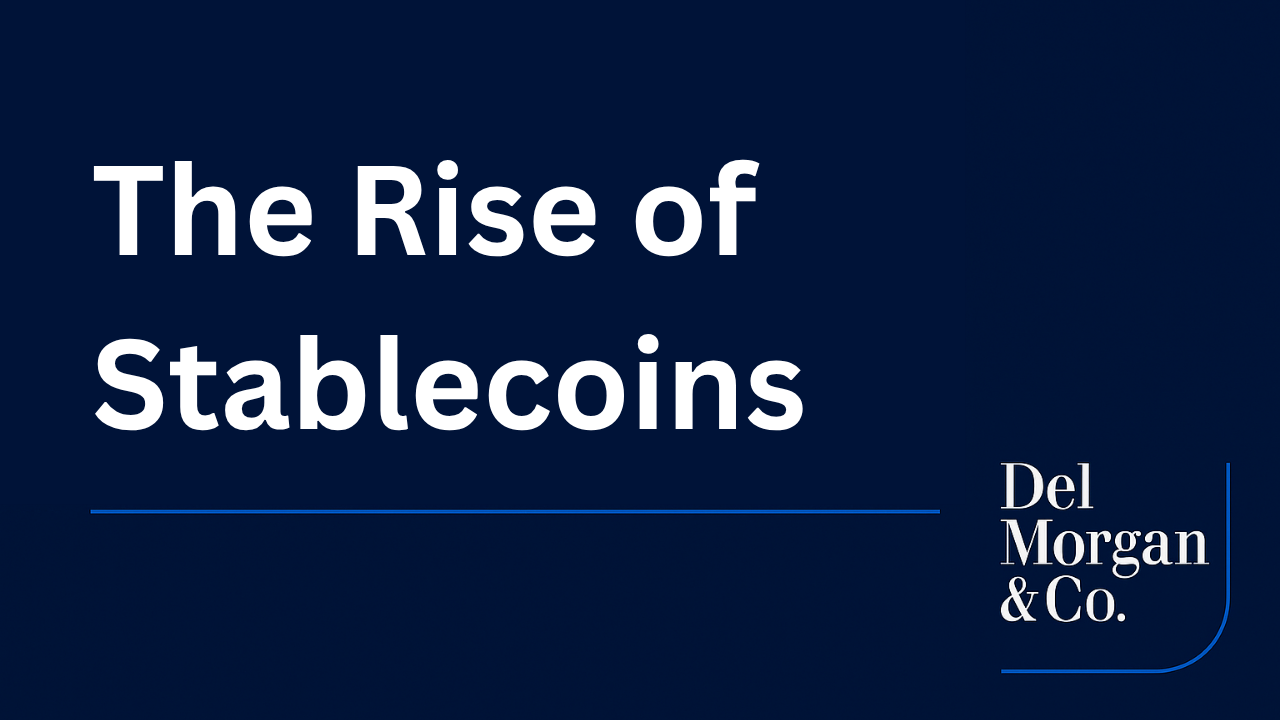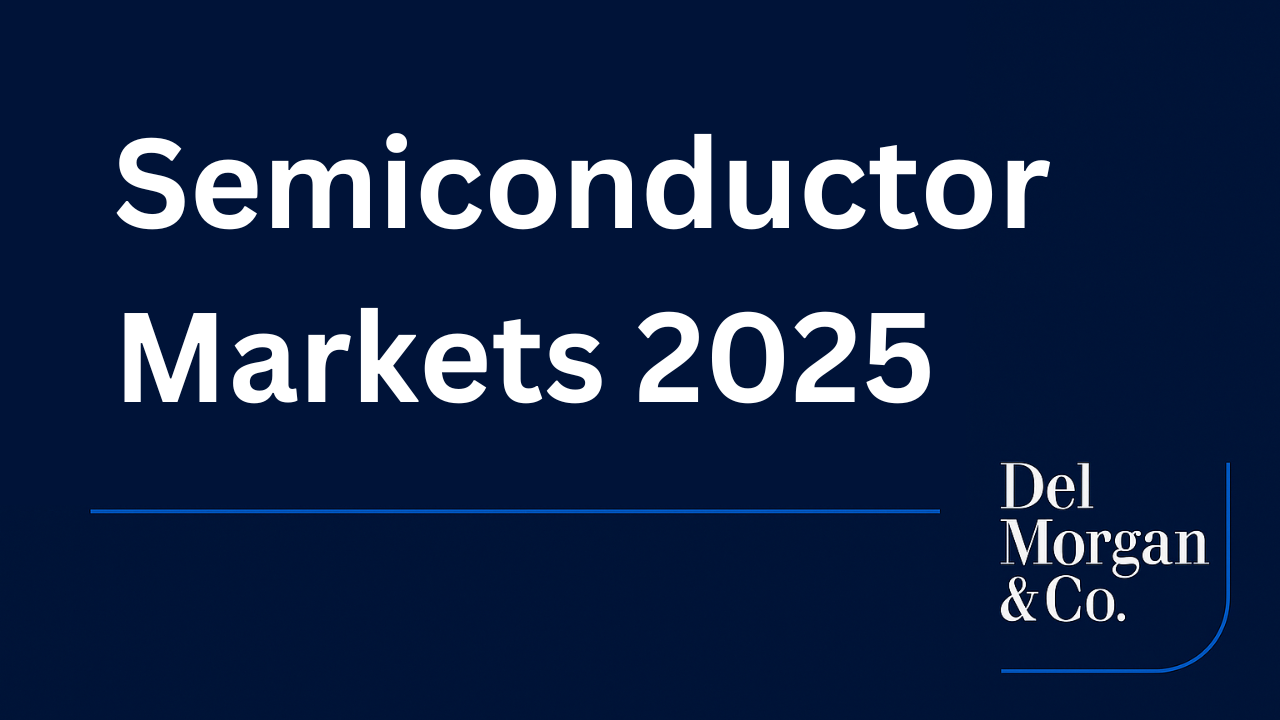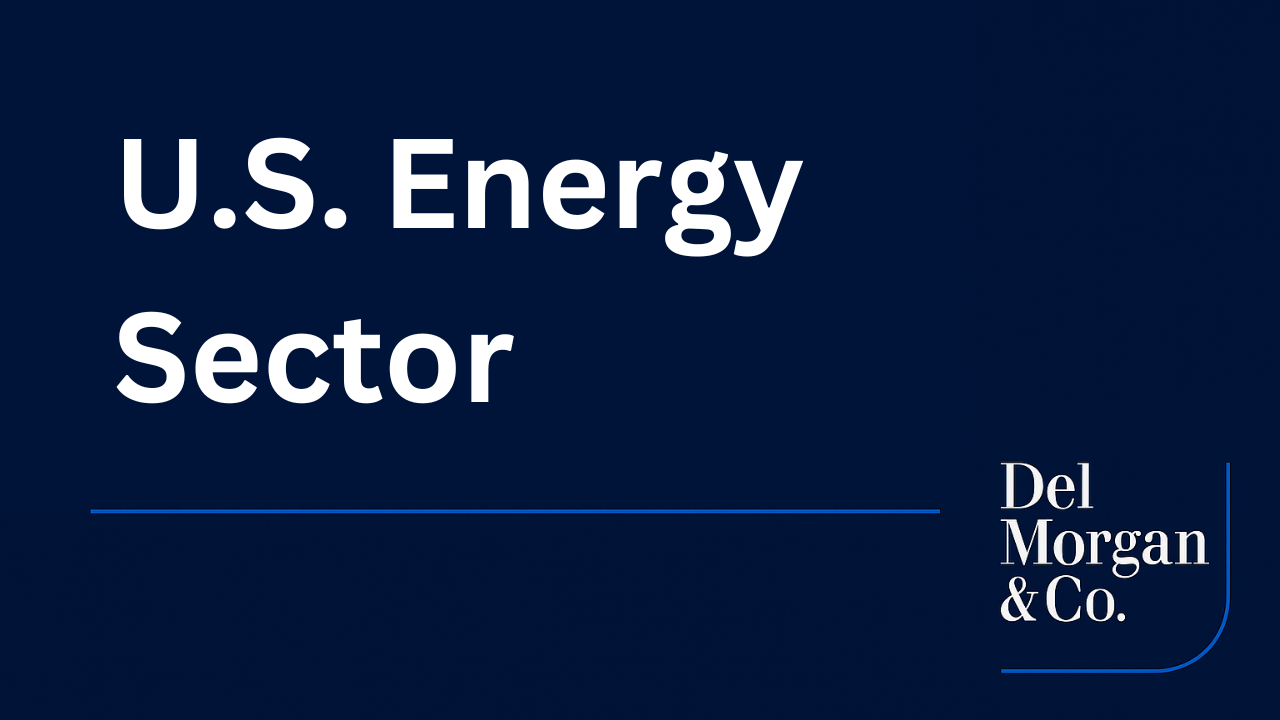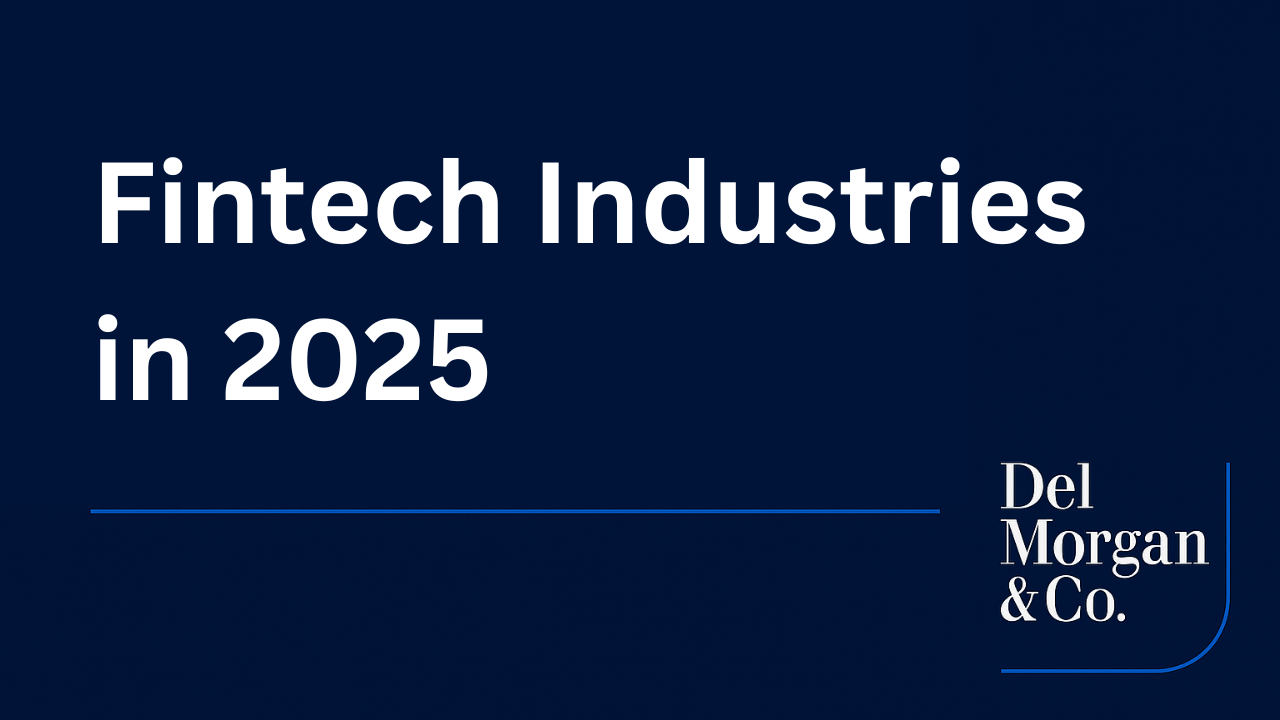Executive Summary
The rollout of 5G networks represents a transformative shift in global connectivity, extending well beyond enhanced smartphone performance. For investors, 5G is an enabling technology that unlocks exponential value in artificial intelligence (AI), big data analytics and Internet of Things (IoT) ecosystems. Its ultra-low latency, high bandwidth and massive device connectivity form the backbone for new market segments, reshaping competitive dynamics across industries.
From autonomous transportation and real-time supply chain optimization to precision medicine and immersive digital experiences, the 5G-AI convergence redefines operational possibilities. Capital markets are already witnessing deal flow in telecommunications infrastructure, AI platforms, edge computing, cybersecurity and data-driven verticals poised for scale. Developments over the next decade will hinge on investors’ ability to identify, underwrite and monetize these opportunities.
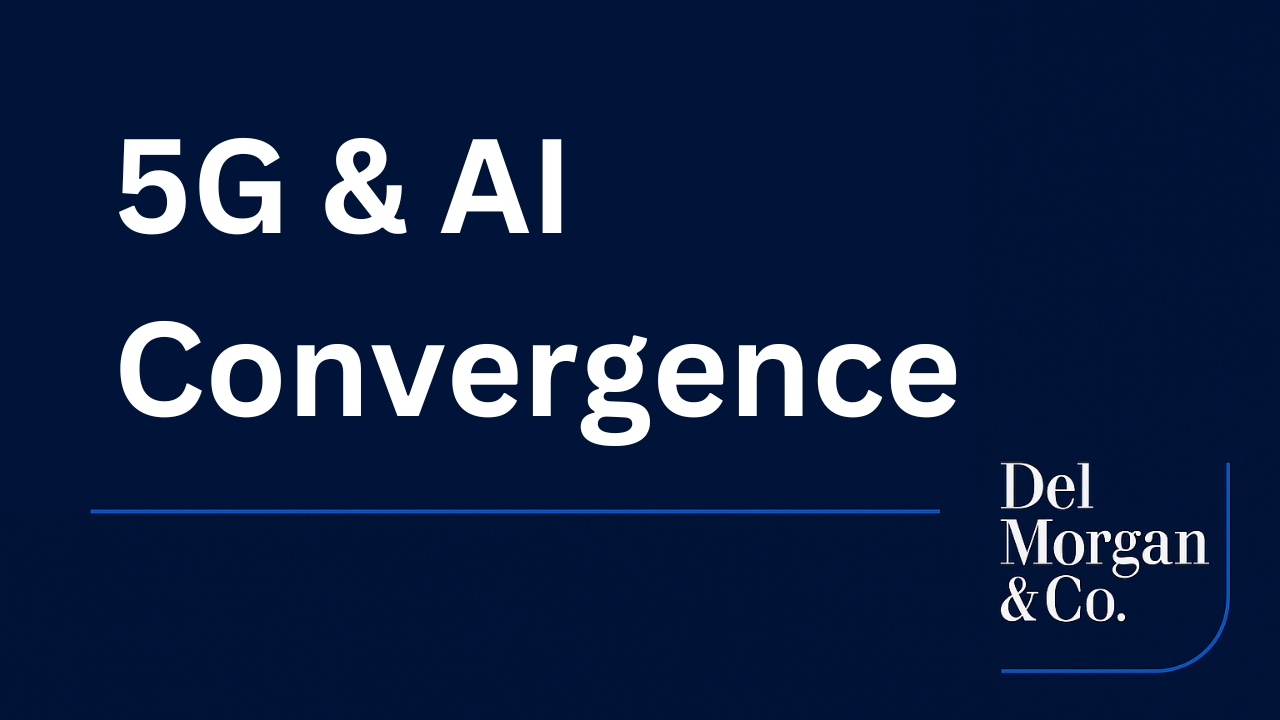
The Strategic Link Between 5G and AI
While 4G fueled the app economy, 5G’s capabilities – latency below 10 milliseconds, bandwidth exceeding 10 gigabits per second and connectivity for millions of devices per square kilometer – are enabling AI applications previously unfeasible at scale. AI thrives on data volume, velocity and variety. 5G accelerates all three, facilitating real-time data flows from IoT devices, industrial sensors, autonomous systems and connected consumer products. This enables AI models to process and act instantly, critical for sectors like autonomous vehicles, robotics and telemedicine.
The network’s support for diverse data types such as video, voice, geospatial and biometric information enhances AI’s predictive and prescriptive capabilities. For investors, the 5G-AI synergy creates a compounding effect: as 5G adoption grows, AI-driven platforms and services gain value, driving further demand for advanced connectivity infrastructure.
Monetization Pathways: Turning Connectivity Into Capital
The commercial value of 5G lies in the applications it enables. The first layer of value creation is infrastructure. Carriers and private equity firms are investing in small-cell densification and backhaul fiber networks, often through REIT structures for capital efficiency. Edge computing complements 5G’s low latency, creating opportunities in edge data centers and microserver platforms. Enterprises in manufacturing, logistics and energy are deploying private 5G networks for mission-critical operations, attracting specialized investment vehicles.
Value then shifts to platforms extracting actionable intelligence from 5G data flows. Predictive analytics is transforming industries from aviation to agriculture, driving M&A interest in analytics firms. In automation and robotics, 5G-enabled AI supports synchronized autonomous systems in warehousing, retail and surgical applications. Computer vision powered by edge-based high-resolution video analytics enhances security, quality control and personalized customer experiences.
Key sectors are capturing disproportionate value. In healthcare, remote diagnostics, AI-assisted surgeries and real-time patient monitoring all thrive by creating recurring revenue models. In transportation and logistics, dynamic route optimization, predictive maintenance and autonomous fleets are reshaping asset utilization. In media and gaming, cloud gaming, immersive AR/VR and hyper-personalized content delivery are unlocking new monetization models.
M&A and Capital Markets Outlook
Capital markets are pricing in 5G’s disruptive potential. Telecom infrastructure transactions have commanded multi-billion-dollar valuations, AI platform providers trade at double-digit revenue multiples and private equity has launched dedicated connectivity and automation funds. Tower companies and fiber operators are consolidating to achieve scale and enhanced bargaining power. Carriers are acquiring AI analytics capabilities for vertical integration, while niche vertical players are attracting strategic buyers seeking competitive moats.
Financing activity remains robust. Greenfield capital expenditure financing through debt and equity syndications is strong, particularly for network buildouts in underserved regions. SPACs and public listings continue to provide some liquidity for early-stage 5G-AI companies. Private infrastructure funds backed by pension funds, sovereign wealth funds and insurers are allocating substantial capital to long-horizon 5G infrastructure plays for yield stability.
Risk Factors and Investment Considerations
Despite the upside, disciplined capital allocation is essential. 5G infrastructure’s capital intensity demands significant upfront investment and extended payback periods. Regulatory frameworks for spectrum allocation, data privacy and cross-border data flows vary by jurisdiction, impacting outcomes. Rapid advancements in AI, cloud computing and satellite connectivity risk obsolescence, while expanded connected devices heighten cybersecurity vulnerabilities. Due diligence must extend beyond financials to assess management’s technology roadmap, regulatory agility and integration capabilities.
Strategic Positioning for Competitive Advantage
Competitive advantage in the 5G-AI ecosystem will belong to those capable of achieving early scale, vertical differentiation and proprietary data control. Early entry into high-demand infrastructure or application niches can secure critical pricing power. Tailored solutions for industries such as manufacturing automation or precision agriculture can yield defensible market share. Combining unique high-quality datasets with advanced AI models can create enduring barriers to entry.
Institutional investors and corporate strategists must view 5G as a foundational enabler of digital transformation. Positioning themselves at the intersection of connectivity, intelligence and application-layer monetization is a strategy designed to maximize returns.
Conclusion
5G’s arrival has been a critical inflection point for capital allocation, competitive dynamics and market structure. By enabling AI to achieve unprecedented scale and speed, 5G has unlocked new categories of value creation. Investors must build exposure across the value stack – from network assets and edge infrastructure to AI platforms and sector-specific applications.
The 5G-AI convergence is a multi-decade investment theme with the potential to redefine economic advantage. In a market in which speed, intelligence and adaptability will determine the winners, 5G provides the infrastructure and AI the intelligence to create durable compounding value. The challenge for capital markets is not whether to participate, but how swiftly and strategically they can lead.
About DelMorgan & Co.
With over $300 billion of successful transactions in over 80 countries, DelMorgan‘s Investment Banking professionals have worked on some of the most challenging, most rewarding and highest profile transactions in the U.S. and around the globe. In the upcoming year, we expect more high-quality deal execution for more clients and welcome the opportunity to speak with companies interested in potentially selling their businesses or raising capital.
